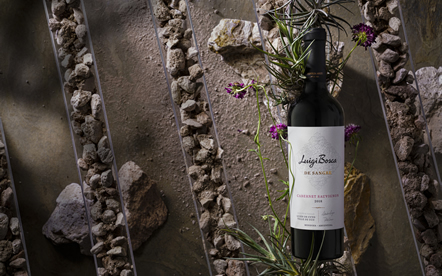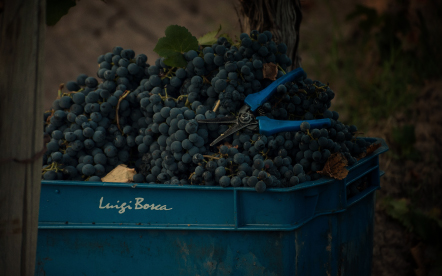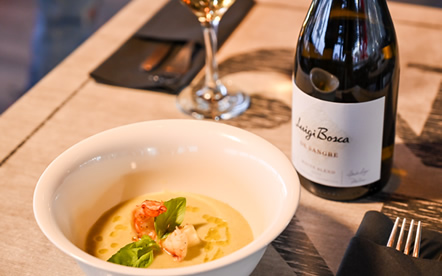
10 interesting facts about Cabernet Sauvignon
Known as “the queen of red varieties”, Cabernet Sauvignon is the most widely consumed and planted vine across the world. This variety enjoys huge international renown and standing, as it not only provides legendary reds in the Old and New World, but is also the backbone of the great blends born in the different producing areas.
As the International Cabernet Sauvignon Day approaches, below are 10 curious facts about this grape variety:
1. It is the result of a cross-link: Cabernet Sauvignon is born from the natural intertwining of the French varieties Cabernet Franc and Sauvignon Blanc, which took place in South-West France at some point in the 17th century.
2. Its life cycle is long: Cabernet Sauvignon is the last variety to be harvested during vintages. In Argentina, its grapes are usually picked in April, as they reach the peak of ripeness.
3. Its aromas are reminiscent of green pepper: One of the most distinctive organoleptic characteristics of Cabernet Sauvignon is its aroma that is reminiscent of green pepper, as a result of the aromatic organic compound that is typical of this variety: pyrazine- This explains its spicy character and is one of the keys to its unique character. Far from being an imperfection, this herbaceous and peppery note is part of its identity.
4. Ripeness, the key of its aromas: As the Cabernet Sauvignon fruits ripe in the vine, the aromatic compounds of the grapes evolve too. At the early stages of ripeness, aromas tend to be more herbaceous and green; however, if berries overripe, the black fruit jam flavours and spicy notes become more prominent.

Although in Argentina meat and Malbec go hand in hand, in fact, many sommeliers consider Cabernet Sauvignon to be the perfect wines to pair with intense-flavoured meat dishes, such as well-seasoned and long-cooked game meats.

5. It is the most compatible with oak: Given its body and structure, Cabernet Sauvignon can be perfectly aged in barrels. Its ageing in wood softens the strong tannins provided by this vine and adds the complexity and elegance that characterise its great wines as well.
6. Its wines are among the most long-living ones: Cabernet Sauvignon wines are also known for their great stowage capacity. Thanks to their high concentration of tannins and acidity, these varietals can be aged for years, and even decades, as they continue to evolve and develop complexity over time.
7. It is the great accompaniment to strong-flavoured meat dishes: Although in Argentina meat and Malbec go hand in hand, in fact, many sommeliers consider Cabernet Sauvignon to be the perfect wines to pair with intense-flavoured meat dishes, such as well-seasoned and long-cooked game meats.
8. It is a close relative of Carménère: The Carménère grape was long believed to be a variety that had nothing to do with the Cabernet family but, in the 1990s, this French grape that is an emblem of the Chilean winemaking activity today was found to be actually a mistakenly identified variety of Cabernet Sauvignon.
9. It has a white variety: Although not everyone knows this, Cabernet Blanc is another variety, born from the intertwining of Cabernet Sauvignon and a hybrid grape variety found in Switzerland at the end of the 20th century. In this natural mutation, grapes do not become pigmented and produce white wines.
10. It is an icon variety: Some of the most renowned and valuable wines include Cabernet Sauvignon, such as Château Margaux, Château Latour and Château Mouton Rothschild (Bordeaux), as well as Opus One and Screaming Eagle (California), wines that are regarded as true icons of the global vinegrowing industry.




